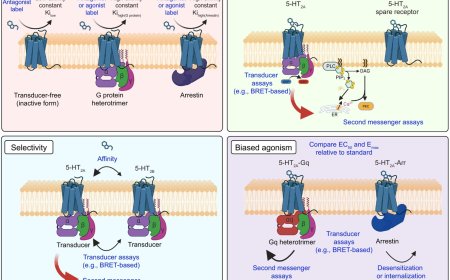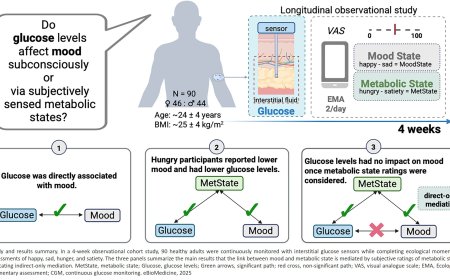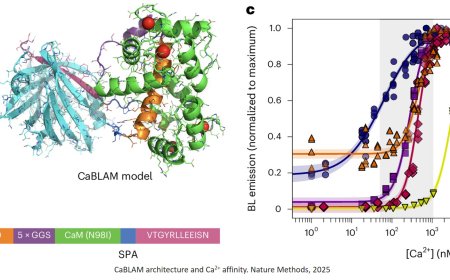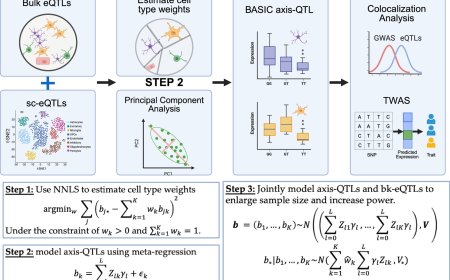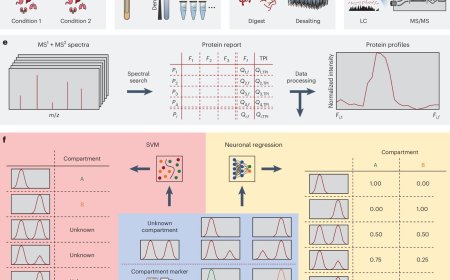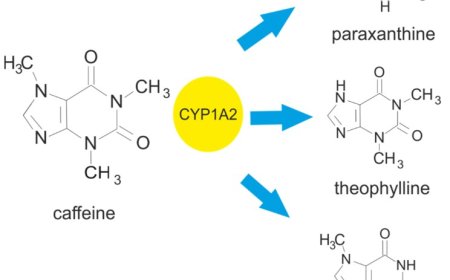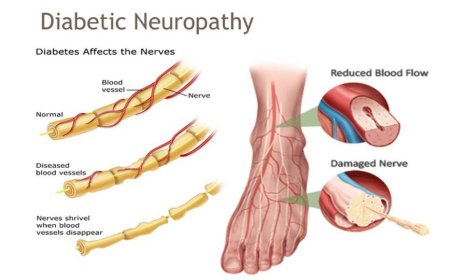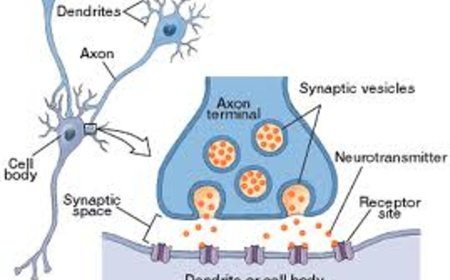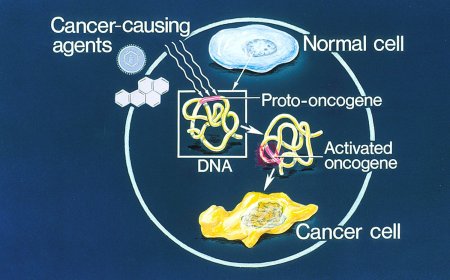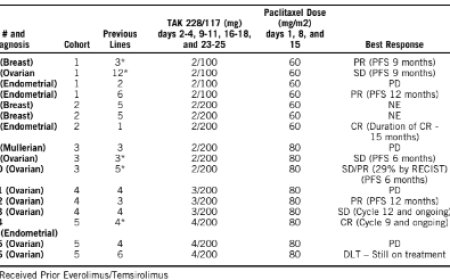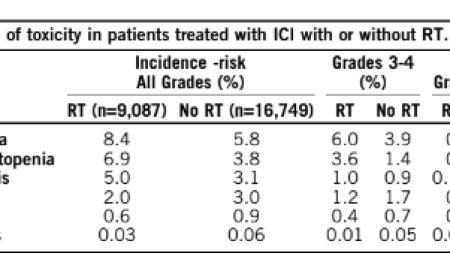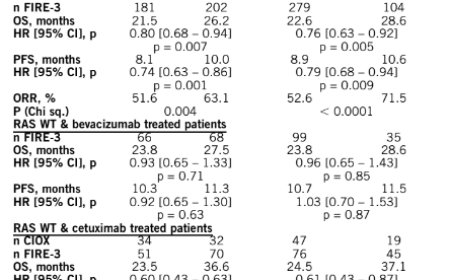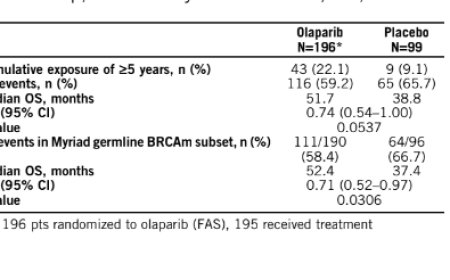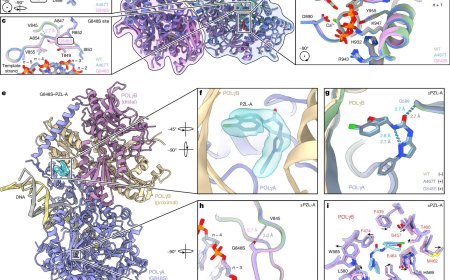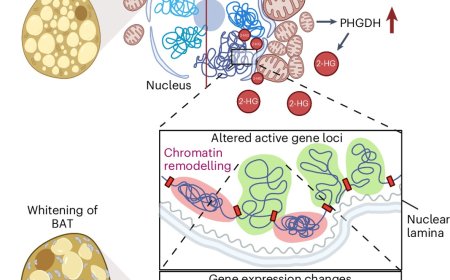New mechanism to relieve mitochondrial stress

Damage to the genetic material of mitochondria – the mitochondrial DNA or mtDNA for short – can lead to diseases such as Parkinson’s, Alzheimer’s, amyotrophic lateral sclerosis (ALS), cardiovascular diseases and type 2 diabetes. Such damage also speeds up the ageing process. However, the cells are normally capable of identifying such damage and reacting.
Scientists discovered a mechanism, which protects and repairs the mitochondria. The research team has identified a specialised recycling system, which cells activate when they identify damage to the mtDNA.
According to the authors in Science Advances, this mechanism relies on a protein complex known as retromer and the lysosomes – cell organelles containing digestive enzymes. These special cellular compartments act like recycling centres, eliminating the damaged genetic material. This process is one of the mechanisms, which prevent the accumulation of faulty mtDNA, thus maintaining cellular health and potentially preventing diseases.
“We have identified a previously unknown cellular pathway, which is important for mitochondrial health and thus for the natural defences of our cells,” explains the senior author, continuing: “By understanding this mechanism, we can explain how mitochondrial damage can trigger diseases like Parkinson’s and Alzheimer’s. This could in turn form the basis for developing preventive therapies.”
The authors were able to verify and extend the findings using fruit flies (Drosophila) as a model organism. They showed that damaged mitochondrial DNA are eliminated much more quickly and that mitochondrial function improves significantly when the activity of the retromer complex – in particular the protein VPS35 – is increased.
The retromer promotes the formation of mitochondrial-derived vesicles shuttled to lysosomes. The mtDNA, however, directly shuttles to a recycling organelle in a BAX-dependent manner.
Moreover, using a Drosophila model carrying a long deletion on the mtDNA (ΔmtDNA), the authors found that ΔmtDNA activates a specific transcriptome profile to counteract mitochondrial damage. Here, Vps35 expression restores mtDNA homoplasmy and alleviates associated defects.
The author said: “Using Drosophila allowed us to confirm our initial findings in human cells and demonstrate clear improvements in mitochondrial health. This opens up exciting possibilities for therapeutic strategies for treating mitochondrial diseases and age-related conditions.”


